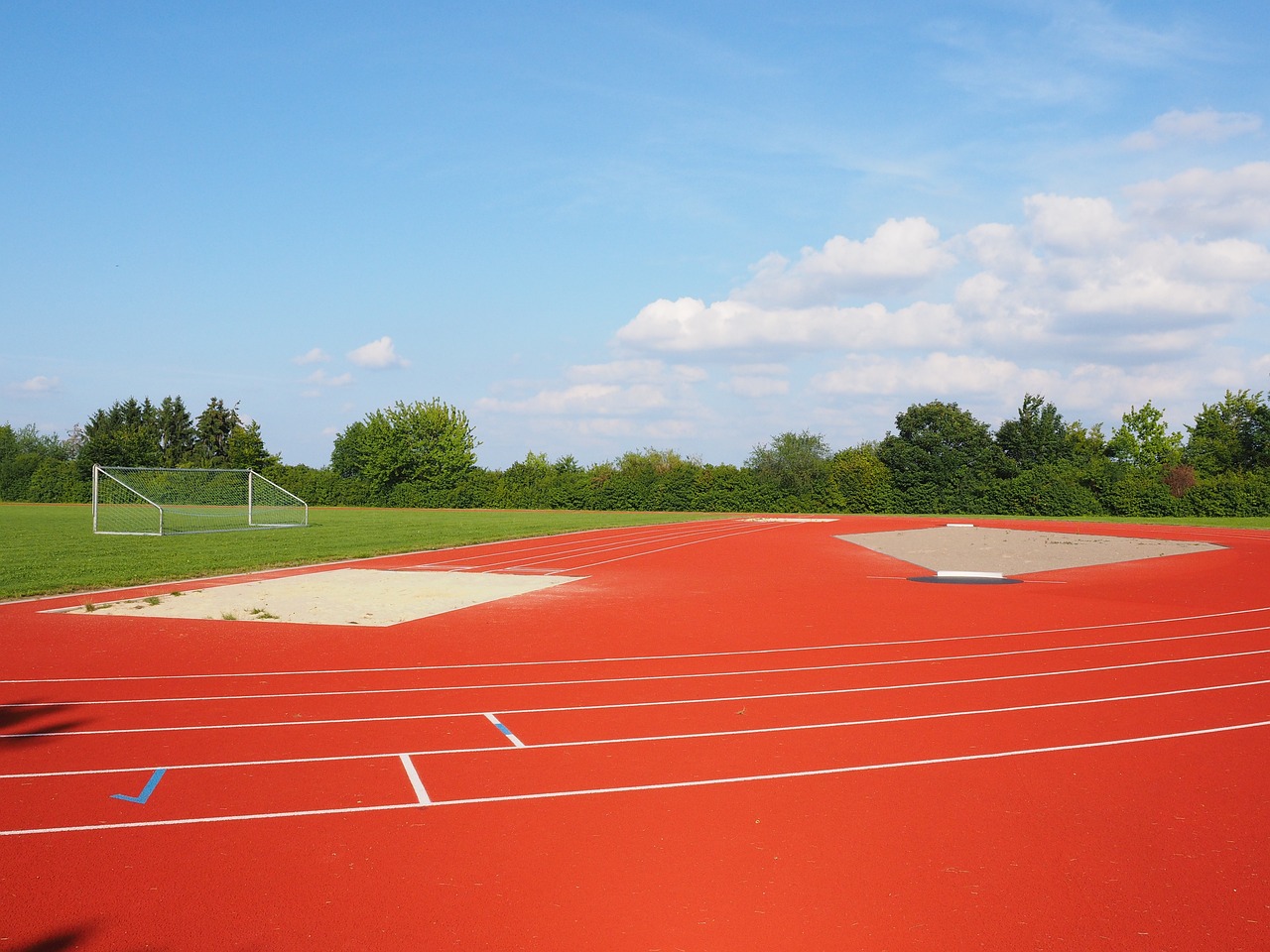The Benefits of Halotherapy for Respiratory Health
Halotherapy, also known as salt therapy, involves the inhalation of salt particles to improve respiratory conditions and skin ailments. This natural therapy dates back centuries, with records of salt caves being used for healing purposes by ancient civilizations. The salt used in halotherapy is said to possess antibacterial and anti-inflammatory properties, which can help to alleviate symptoms of conditions such as asthma, allergies, and eczema.
The process of halotherapy typically involves spending time in a specially designed salt room or chamber where a device called a halogenerator grinds pharmaceutical-grade salt into tiny particles. As individuals breathe in the salty air, the particles are believed to penetrate deep into the lungs and airways, helping to reduce inflammation and cleanse the respiratory system. Many proponents of halotherapy claim that it can also promote relaxation and overall well-being, making it a popular complementary therapy for individuals seeking natural remedies for their health concerns.
How Halotherapy Works
Halotherapy works by creating a controlled microclimate that mimics the conditions of a salt cave. During a halotherapy session, individuals sit or lay in a room where a halogenerator disperses dry salt particles into the air. These tiny salt particles are then inhaled deep into the respiratory system, reaching the lungs and helping to reduce inflammation and clear mucus buildup in the airways.
As the salt particles are inhaled, they are believed to have anti-inflammatory and antibacterial properties that can help improve respiratory conditions such as asthma, allergies, and bronchitis. The salt particles also have a thinning effect on mucus, making it easier to expel from the lungs. Additionally, the salt may help to reduce irritation and swelling in the airways, providing relief for individuals with respiratory issues.
What is halotherapy?
Halotherapy, also known as salt therapy, is a natural alternative treatment that involves inhaling salt particles in a controlled environment.
How does halotherapy work?
Halotherapy works by exposing the body to salt particles, which are believed to have anti-inflammatory and antimicrobial properties. These particles help to reduce inflammation in the respiratory system and improve breathing.
What conditions can halotherapy help with?
Halotherapy has been used to help with a variety of respiratory conditions such as asthma, allergies, bronchitis, and sinusitis. It can also improve skin conditions like eczema and psoriasis.
Is halotherapy safe?
Halotherapy is considered safe for most people, but it is always recommended to consult with a healthcare provider before starting any new treatment, especially if you have a preexisting medical condition.
How long does a halotherapy session last?
A typical halotherapy session lasts about 30-45 minutes, during which you relax in a salt room while breathing in the salt particles.
How many sessions of halotherapy are recommended?
The number of sessions recommended can vary depending on the individual and their specific condition. Some people may benefit from just a few sessions, while others may require regular sessions for long-term relief.
Can children participate in halotherapy sessions?
Yes, children can participate in halotherapy sessions, but it is recommended to consult with a healthcare provider before starting any treatment for children, especially those with respiratory conditions.







